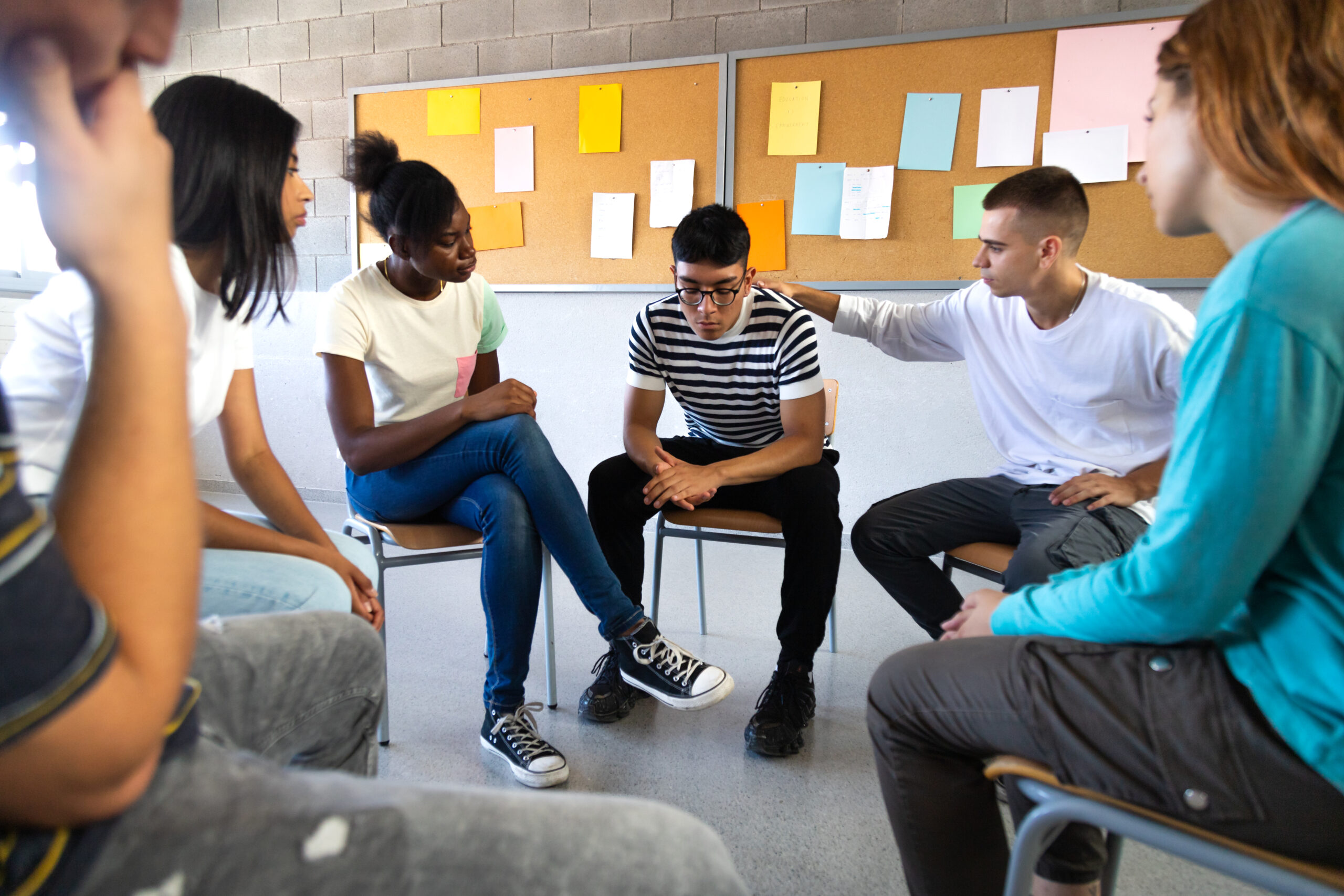Restorative practices have gained a bit of a “bad rap” in some circles, and it’s not hard to see why. People often hear things like, “Oh, it’s just a slap on the wrist,” or “All they do is get a talkin’ to and go right back to class.” In fact, some critics even go as far as saying, “Restorative practices let students off the hook,” as if these methods are too soft or ineffective in handling behavioral issues. These kinds of comments are usually born out of misunderstanding or frustration with the discipline process. In some schools, restorative practices have been applied half-heartedly or without proper training, and the results were less than ideal. This leads to the spread of negative perceptions, despite the fact that restorative practices, when implemented properly, are about much more than simply “talking it out.”
What Restorative Practices Are All About
Restorative practices focus on rebuilding relationships, accountability, and long-term change. Instead of just punishing a student and moving on, restorative methods aim to address the root of the behavior, promote accountability, and involve all affected parties in a solution. Simple punishments alone don’t teach children how to handle situations better in the future, but restorative practices do. They help students reflect on why their behavior was harmful and provide the tools to respond differently the next time.
A typical punishment-only approach might deter some students from repeating misbehavior, but often it has little to no long-term effect. In some cases, it even makes problems worse by causing resentment or reinforcing negative behaviors. On the other hand, restorative practices focus on teaching students better ways to handle conflict or poor decisions, which can prevent future issues.
Some examples of restorative practices include:
- Restorative Circles: These are group meetings where all parties come together to discuss what happened, how it affected everyone, and what can be done to make things right.
- Restorative Conferences: These are more formal meetings between the person who caused harm and the person who was harmed, focusing on accountability and problem-solving.
- Restorative Labs: Our Restorative Labs offer digital courses designed for middle schoolers that focus on specific behaviors, helping students reflect on their actions, understand their consequences, and come up with plans to avoid repeating those behaviors.
What Restorative Practices Are Not
Contrary to what some might believe, restorative practices are not a “soft” option. They are not about simply letting students off with a warning or giving them a quick chat before sending them back to class. This misconception comes from the idea that talking isn’t enough to change behavior. But restorative practices aren’t just about talking—they are about taking action and ensuring there is accountability for the student’s actions.
Restorative practices also don’t mean there are no consequences. Accountability and consequences are crucial components of the process. The difference is that these consequences are tied directly to repairing the harm caused, making them more meaningful and impactful for the student and the community.
Here are a few common misconceptions:
- “It’s just a slap on the wrist”: No, restorative practices don’t just involve a quick conversation and no consequences. Accountability is a key element of these practices. Students must face the people they’ve harmed, understand the impact of their actions, and actively participate in making things right.
- “It’s an easy way out”: Far from it. In many cases, students find restorative processes harder than traditional punishment because they require personal reflection, responsibility, and empathy. Facing the person you’ve harmed and listening to how your actions affected them is often more challenging than serving detention.
- “Nothing really changes”: When done right, restorative practices lead to real, lasting change. They encourage students to develop better conflict-resolution skills, promote empathy, and help students become more aware of how their actions affect others. Over time, this creates a stronger, more positive school culture.
Restorative practices are not a replacement for consequences but an essential part of a complete approach to addressing behavior. They don’t let students “off the hook”; instead, they provide the necessary support and structure to help students learn, grow, and change their behavior for the better. By focusing on understanding, accountability, and community, restorative practices help students develop lifelong skills that traditional punitive methods often fail to teach.

